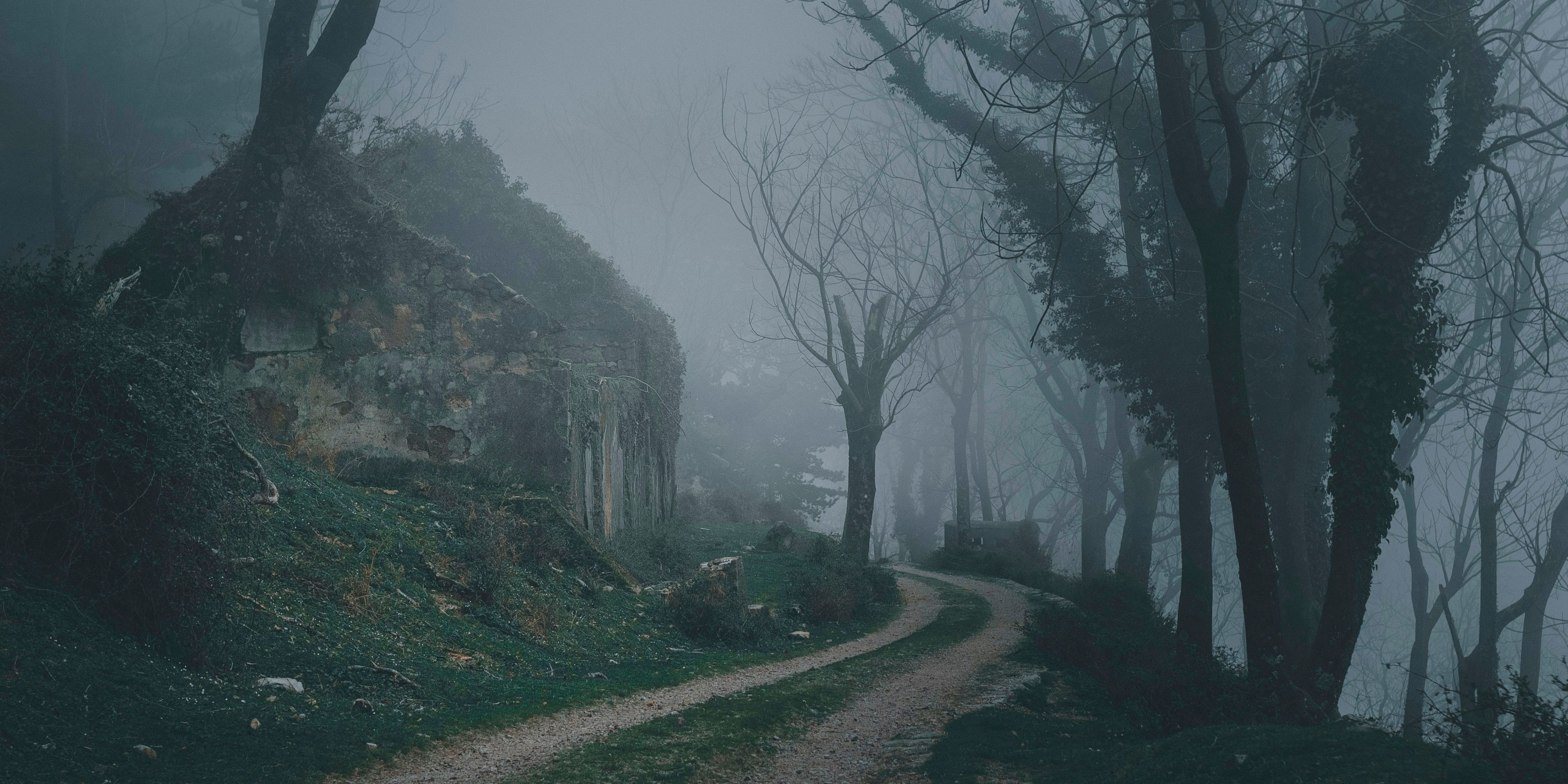Montenegro: A Hidden Gem of Southeastern Europe

Montenegro, officially the Republic of Montenegro, is a small country located in Southeastern Europe, on the Balkan Peninsula. Bordered by Croatia, Bosnia and Herzegovina, Serbia, Kosovo, and Albania, it boasts a stunningly diverse landscape, ranging from dramatic mountain ranges to a breathtaking Adriatic coastline. This unique geography, coupled with its rich history and culture, makes Montenegro a captivating destination for travelers and a fascinating subject of study.
The country's history is a tapestry woven from centuries of various influences. From its time within the Roman Empire to its status as part of Yugoslavia, Montenegro has experienced periods of both autonomy and subjugation. This tumultuous past has left its mark on the country's architecture, traditions, and the very fabric of its society. The iconic walled city of Kotor, a UNESCO World Heritage site, stands as a testament to its Venetian past, its narrow cobblestone streets echoing with whispers of centuries gone by. Meanwhile, the monasteries of Ostrog and Cetinje, perched dramatically on cliffsides, speak volumes about the country's deeply rooted Orthodox Christian faith.
Beyond its historical significance, Montenegro is a natural paradise. The Bay of Kotor, a fjord-like inlet often described as one of the most beautiful bays in the world, draws visitors with its sparkling turquoise waters and charming seaside towns. The rugged Dinaric Alps dominate the country's northern landscape, providing opportunities for hiking, trekking, and exploring untouched wilderness. Lake Skadar, the largest lake in the Balkans, is another highlight, known for its diverse birdlife and serene beauty. Whether it's exploring the picturesque villages nestled amidst the mountains, lounging on the sandy beaches of the Adriatic coast, or indulging in adventurous activities like white-water rafting, Montenegro offers something for every type of traveler.
Montenegro's culture is as vibrant as its landscape. Its cuisine, a delicious blend of Mediterranean and Balkan flavors, is a must-try. Fresh seafood, succulent meats, and hearty stews are common fare, often accompanied by local wines and rakija, a fruit brandy. Traditional music and dance performances offer glimpses into the country's cultural heritage, while the warmth and hospitality of the Montenegrin people are sure to leave a lasting impression on any visitor.
However, Montenegro's journey to independence hasn't been without its challenges. The country faces economic hurdles, particularly in terms of infrastructure development and attracting foreign investment. Political stability and navigating its relationship with neighboring countries remain ongoing concerns. Despite these challenges, Montenegro continues to strive for economic growth and a stronger international presence. Its efforts to join the European Union underscore its commitment to aligning its policies with European standards and fostering closer ties with the broader European community.
In conclusion, Montenegro is a country of breathtaking beauty, rich history, and vibrant culture. While facing ongoing economic and political challenges, its unwavering spirit and stunning natural landscapes continue to draw visitors and inspire awe. From the dramatic peaks of the Dinaric Alps to the tranquil waters of the Bay of Kotor, Montenegro offers a unique and unforgettable experience for anyone who chooses to explore its captivating beauty and multifaceted heritage. It’s a nation on the rise, finding its place in the modern world while preserving its rich and captivating past.